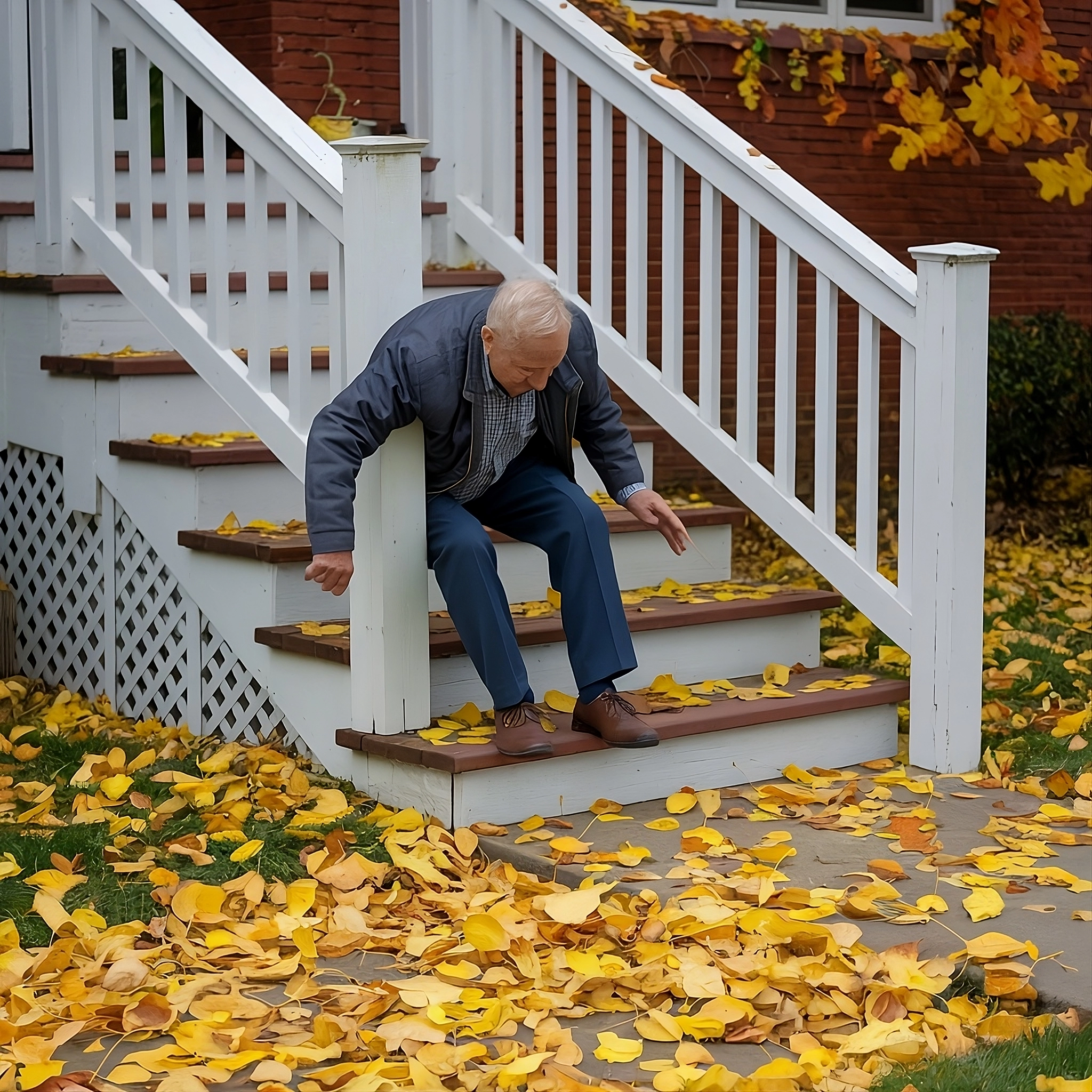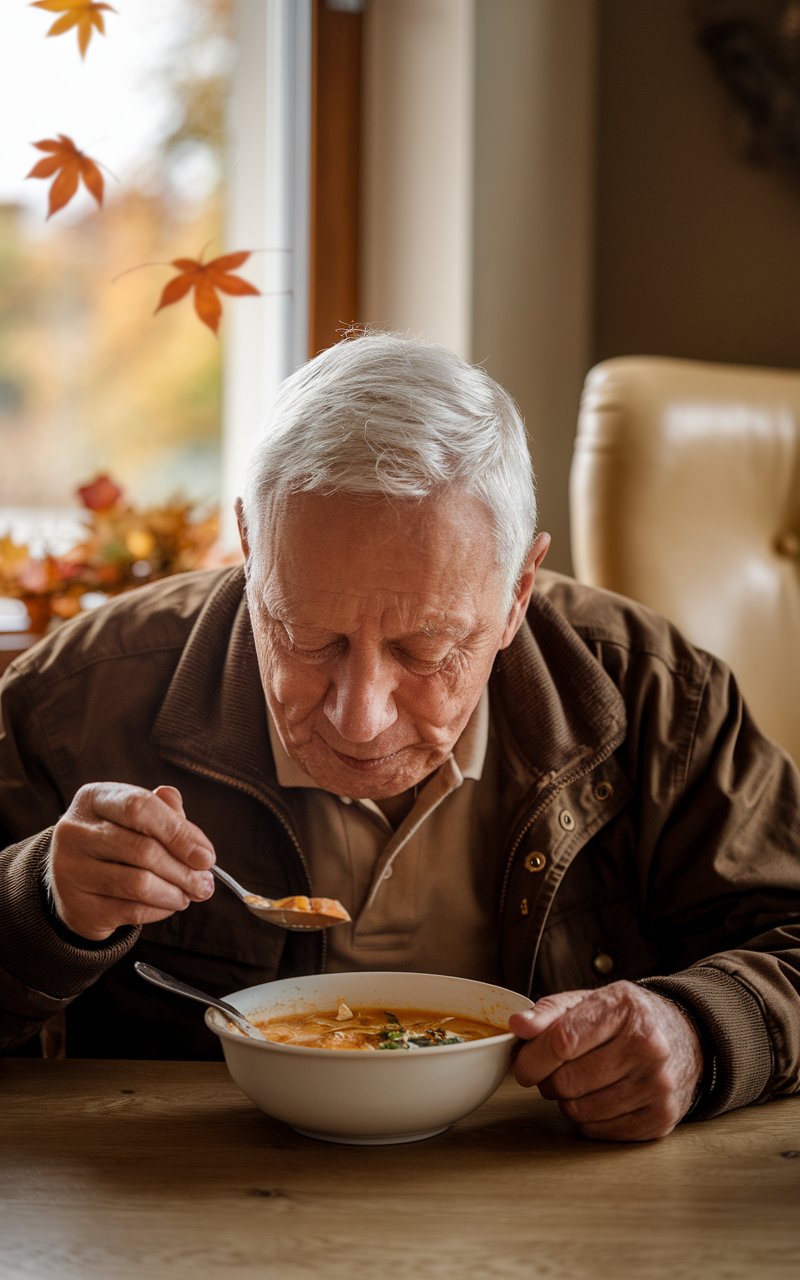Falls are a major concern for senior citizens, as they can lead to serious injuries and a decline in overall health. Understanding the risks and taking steps to prevent falls can help seniors maintain their independence and quality of life. Here’s what you need to know about fall risks for seniors and how to stay safe.
1. Why Are Seniors at Higher Risk of Falling?
As people age, changes in the body can increase the risk of falling. These changes may include weakened muscles, joint stiffness, and decreased balance. Other factors, such as vision problems, chronic medical conditions (like arthritis or diabetes), and the side effects of certain medications, can also contribute to an increased risk of falls.
2. Common Causes of Falls Among Seniors
Many falls happen at home or in familiar environments. Common causes include:
- Cluttered Walkways: Items like rugs, cords, or furniture can create tripping hazards.
- Poor Lighting: Dimly lit areas make it difficult to see obstacles, increasing the risk of tripping.
- Slippery Surfaces: Wet floors, especially in bathrooms and kitchens, can be dangerous.
- Improper Footwear: Shoes without proper grip or support can lead to slips and falls.
- Lack of Safety Aids: Seniors may fall if they don’t use devices like handrails, canes, or walkers when needed.
3. Tips for Preventing Falls
Taking proactive steps can significantly reduce the risk of falls for seniors:
- Keep Walkways Clear: Remove clutter, secure loose rugs, and arrange furniture to create wide, clear paths.
- Improve Lighting: Use brighter bulbs in hallways, staircases, and bathrooms, and install nightlights for better visibility.
- Wear Proper Footwear: Choose shoes with non-slip soles and avoid walking barefoot or wearing slippers without support.
- Install Safety Features: Add handrails in bathrooms, non-slip mats in showers, and grab bars in stairways.
- Stay Active: Engage in exercises that improve balance, flexibility, and strength, such as tai chi or gentle yoga.
4. Know When to Get Help
If a senior experiences a fall, even without injury, it’s important to talk to a healthcare professional. A fall could indicate underlying health issues or the need for adjustments in the home environment.
Reducing fall risks for seniors involves making safety improvements at home, staying active, and being aware of potential hazards. By taking these precautions, seniors can enjoy greater peace of mind and maintain their independence.



